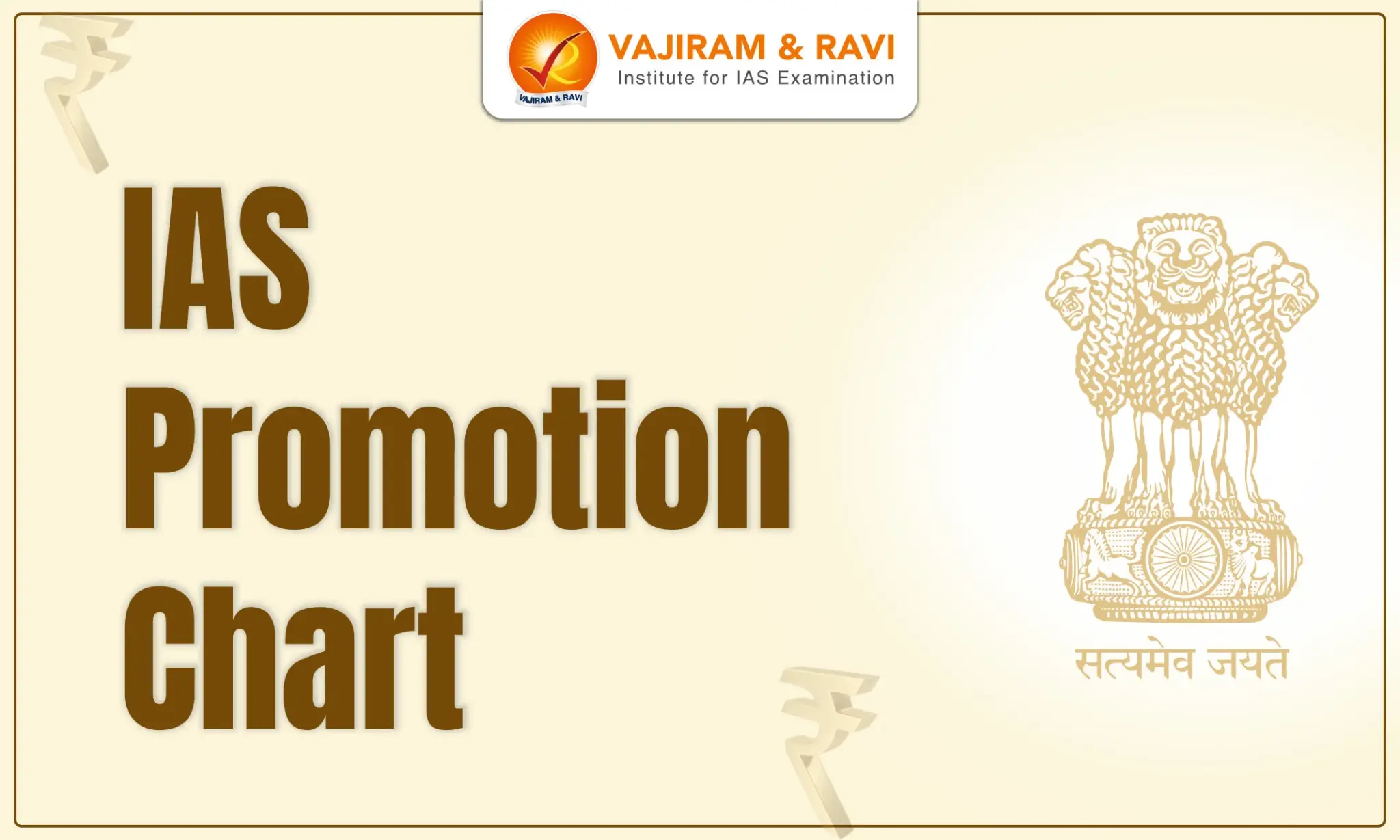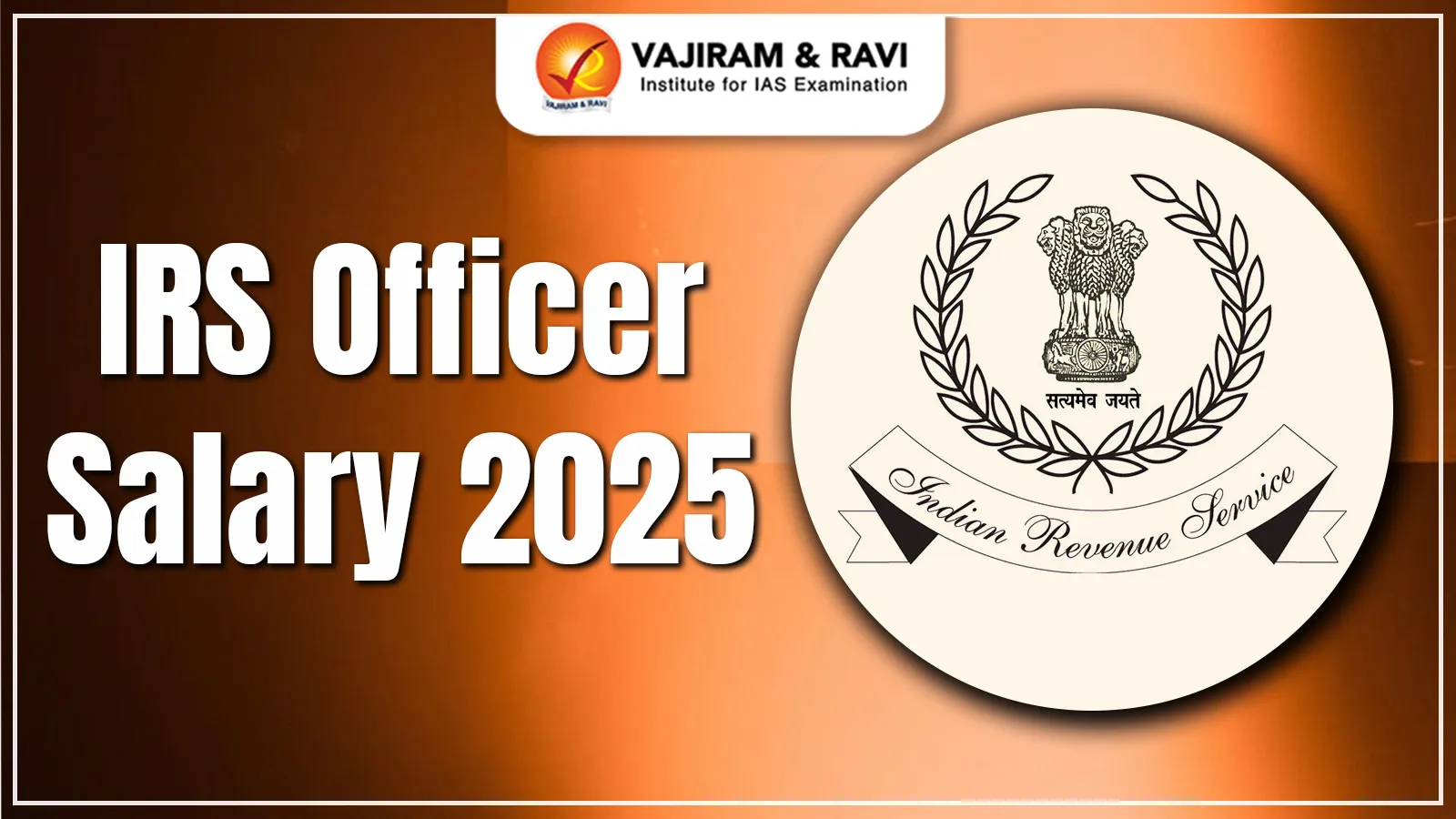The IAS promotion chart with years can help UPSC aspirants understand their career trajectory. It is important for candidates to have a complete understanding of the post before starting their preparation. There are certain rules governing the promotion of IAS officers. Meritorious IAS officers are recognized and promoted to higher levels to handle more significant responsibilities.
Officers must serve the country for a certain number of years to meet the eligibility requirements for promotion to higher positions. The salary increases proportionately according to the post to which the IAS officers are promoted. To understand the career prospects and challenges of becoming a civil servant, review the complete IAS promotion chart with years and salaries.
Promotion of IAS Officers
With time and on the basis of their meritorious work, IAS Officers are promoted to higher levels. Every year on the basis of the number of vacancies released, competent officers are selected for promotion by an appointment committee. Exceptional civil servants are offered higher positions, more responsibilities and better pay grades.
IAS Promotion Chart with Salary
An IAS Officer may hold various posts at different levels as under-
| S.No | Designation | Salary |
| 1. | Under Secretary | Rs 56,100 |
| 2. | Deputy Secretary | Rs 67,700 |
| 3. | Director | Rs 78,800 |
| 4.. | Joint Secretary to Government of India/ Secretary in State Government | Rs 1,44,200 |
| 5. | Additional Secretary in Government of India / Principal Secretary in State Government | Rs 1,82,200 |
| 6. | Secretary to Government of India/ Chief Secretary | Rs 2,25,000 |
| 7. | Cabinet Secretary | Rs 2,50,000 |
Rules of Promotions for IAS Officers
There are many rules and regulations governing the promotion of IAS officers. Screening committees are established to promote IAS officers to different grades. The primary responsibility of the screening committee is to identify and select eligible and competent candidates for positions and fill vacancies.
Here are some of the rules for the promotion of IAS officers related to the screening committee:
- The screening committee must select candidates in a fair and objective manner.
- All vacancies, both current and anticipated, must be filled each year by the committee.
- The committee must meet regularly to screen eligible candidates, determine which vacancies to fill, and so on. There should be a fixed meeting schedule that should not be delayed or postponed.
- Only clear vacancies, such as those caused by deputation, death, promotion, or retirement, should be considered. Short-term or temporary vacancies should not be considered.
IAS Promotion Charts with Years
IAS officers who are meritorious and hard-working may be promoted to higher levels. Vacancies for civil servant promotions are released each year, and eligible and competent officers are selected by a committee. Exceptional civil servants are offered higher positions, more responsibilities, and better pay.
| IAS Officers Promotion Chart with Years | |||
| Number of Years Needed in Service | Post in Central Secretariat | IAS Officer Ranks in State Secretariat | Designation of IAS Officer in District Administration |
| 1-4 | Assistant Secretary | Undersecretary | Sub-Divisional Magistrate |
| 5-8 | Undersecretary | Deputy Secretary | Additional District Magistrate |
| 9-12 | Deputy Secretary | Joint Secretary | District Magistrate |
| 13-16 | Director | Special Secretary-Cum Director | District Magistrate |
| 16-24 | Joint Secretary | Secretary-cum Commissioner | Divisional Commissioner |
| 25-30 | Additional Secretary | Principal Secretary | Divisional Commissioner |
| 30-33 | No Equal Rank | Additional Chief Secretary | No Equal Rank |
| 34-36 | Secretary | Chief Secretary | No Equal Rank |
| 37+ Years | Cabinet Secretary of India | No Equal Rank | No Equal Rank |
| Other Related Posts of UPSC 2025 | |
Last updated on June, 2025
→ UPSC Notification 2025 was released on 22nd January 2025.
→ UPSC Prelims Result 2025 is out now for the CSE held on 25 May 2025.
→ UPSC Prelims Question Paper 2025 and Unofficial Prelims Answer Key 2025 are available now.
→ UPSC Calendar 2026 is released on 15th May, 2025.
→ The UPSC Vacancy 2025 were released 1129, out of which 979 were for UPSC CSE and remaining 150 are for UPSC IFoS.
→ UPSC Mains 2025 will be conducted on 22nd August 2025.
→ UPSC Prelims 2026 will be conducted on 24th May, 2026 & UPSC Mains 2026 will be conducted on 21st August 2026.
→ The UPSC Selection Process is of 3 stages-Prelims, Mains and Interview.
→ UPSC Result 2024 is released with latest UPSC Marksheet 2024. Check Now!
→ UPSC Toppers List 2024 is released now. Shakti Dubey is UPSC AIR 1 2024 Topper.
→ Also check Best IAS Coaching in Delhi
IAS Promotion Chart with Years FAQs
Q1. What are the promotion ranks for an IAS?+
Q2. What are the promotion years of IAS officers?+
Q3. How do IAS Officers get promotions?+




















